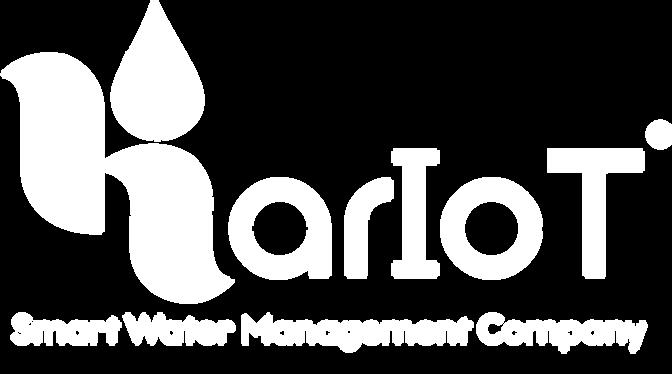4 Ways to Make Sense of Your Data from IoT in Water management





The Internet of Things is an interconnected system of gadgets, information, and other technical components that enables any operation to be completed automatically with little to no human involvement. In both the business sector and daily life, the Internet of Things has slowly encroached. The potential of the Internet of Things to intuitively adapt and intelligently automate all industrial processes is a key component of the idea of the fourth industrial revolution.
www.karikala.in

In recent years, the management of water and wastewater has been impacted by the IoT. In order to run their operations effectively, several cities and local governments have started employing sensor-based technologies. In order to increase the effectiveness of their effluent treatment facilities and overall utility management, businesses are also embracing IoT in water management.
The IoT in water management aids utility managers in reducing hazards in sewage networks, water distribution networks, and these water and wastewater treatment facilities. It lays the groundwork for data-driven utility management, as well as more efficient asset management and operational efficiency. www.karikala.in

When using IoT to operate a sewage network, freshwater distribution system, or effluent treatment facility, you'll require a digital infrastructure model. Connect this pattern to the data setpoints that your IoT telemetry system has acquired. The integration of IoT data digital infrastructure is largely responsible for the real-time updates, which are a great benefit. You can quickly assess any changes or limitations to the infrastructure with the help of this data-driven infrastructure modelling approach.
www.karikala.in

The next step appears to transform the water network model into a digital representation of its actual infrastructure. The network's digital twin is aware of this anxious virtual counterpart. A digital twin is superior to traditional models since it visualises KPIs in almost real-time and uses AI/MI for predictive analysis. For instance, you could use the digital twin of a sewage network to predict when overflows are most likely.
www.karikala.in

2. Create a digital twin of the system using the infrastructure model.

Additionally, you must make sure that everyone who needs to understand the IoT data can do so; this may be done by enhancing data visualisation and eliminating earlier information silos. The objective is for everyone to be able to understand how these systems function based on accurate and up-to-date data, including regulators, engineers, operators, and the general public. www.karikala.in


